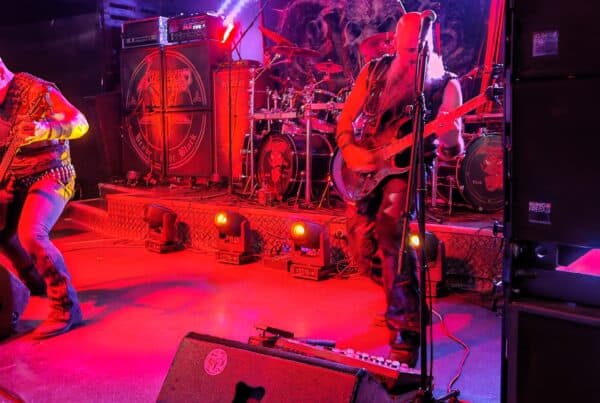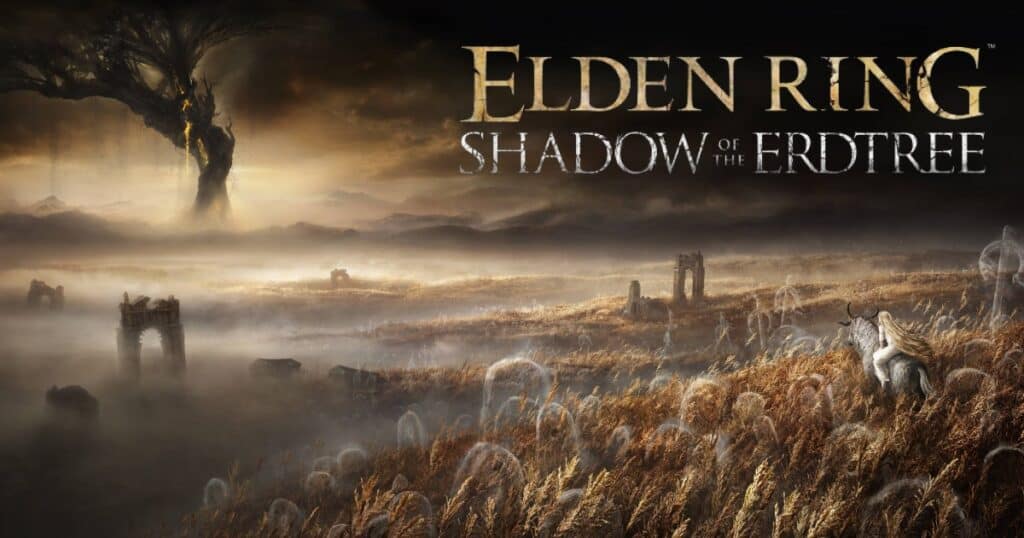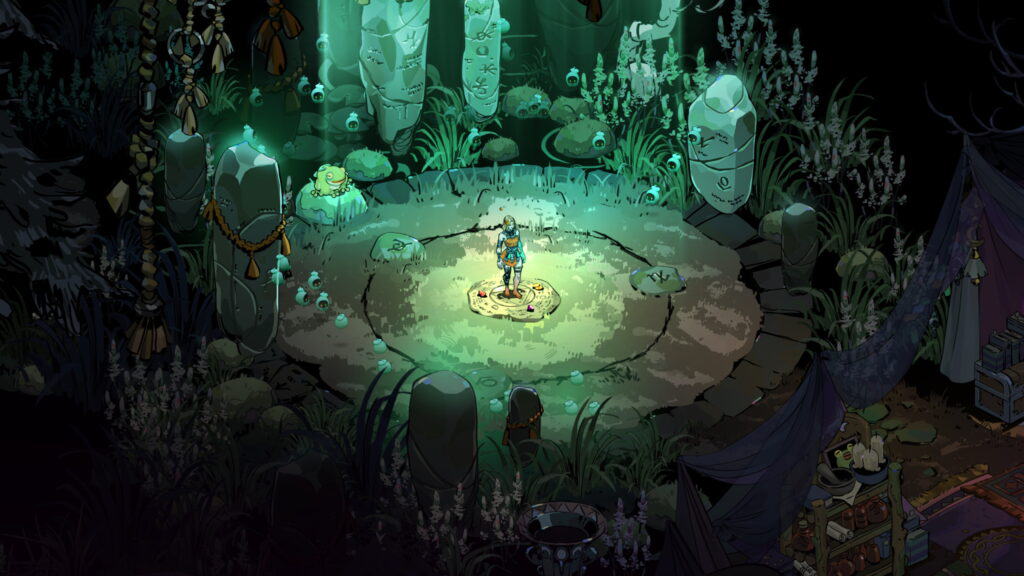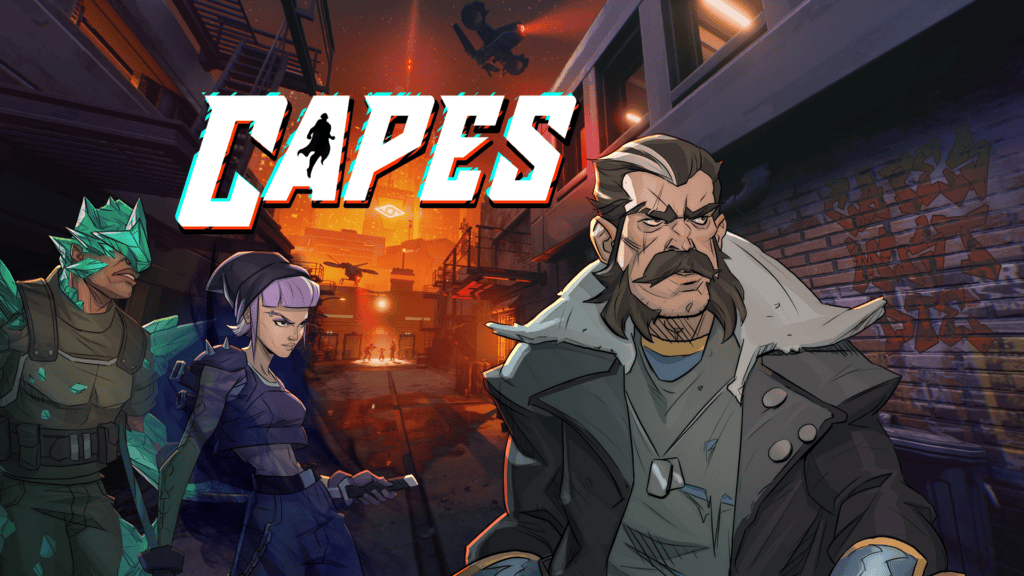The Omen Begins…
A young nobleman, Kain, stops at an inn to sate his thirst after a long journey. The barkeep is reluctant to serve him, noting that “things come with the night that no sane man would welcome”. Dejected, Kain is cast out into the night… only to be ambushed by assassins. He fights bravely but eventually, Kain is injured and thrown to the floor.
The last thing he sees is one of the assassins plunge his sword into his heart… or that should have been the last thing he saw. Kain wakes up in a fiery place and is given an opportunity to take his revenge by the necromancer, Mortanius. Kain accepts the offer without considering the cost… and he is brought back to life as a vampire.
And so begins the epic-story which spanned across five games, was released over six platforms and retains a dedicated fan-base to this day.
This is a retrospective review of Blood Omen: The Legacy of Kain.
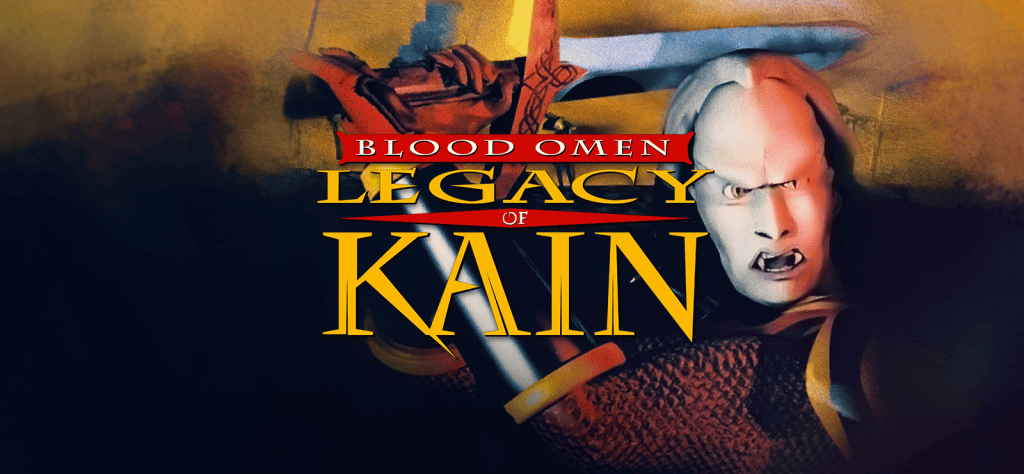
Copyright: Silicon Knights
The development of Blood Omen
Blood Omen: Legacy of Kain was created by Silicon Knights and published by Crystal Dynamics in 1996. In the 90’s, most video games followed the basic structure of going through levels in a linear fashion and beating the end boss. If there was a story, it was a simple one of “save the princess” or “beat the mad professor”. Video games were still being marketed to a child/teenage audience in the 90’s but game director Denis Dydack set out to evolve the action-adventure genre by conceiving a game “that adults would want to play”.
Blood Omen: Legacy of Kain was originally titled “The Pillars of Nosgoth” and its complex story was outlined in a document full of concepts and sketches. Designer Ken McCulloch wrote the scripts for the cinematics, weapon descriptions and other in-game stuff, which he and Denis Dydack then finalised. At some point, the title was changed to the far-catchier “Blood Omen: The Legacy of Kain”.
The character of Kain was inspired, in part, by Clint Eastwood’s character “William Munny” in the 1992 western movie “Unforgiven”. Other inspirations included the visceral nature of the “Necroscope” horror series by Brian Lumly, the rich world and story lines in the epic fantasy series “The Wheel of Time” by Robert Jordan, vampire mythology and William Shakespeare’s plays.
With all these ingredients, Silicon Knights were ready to create a game unlike any that had been released. The game would be set in the fantasy realm of Nosgoth, and the main character would be a vampire anti-hero who would have to kill and main to reach his goal of a cure. Ken McCulloch’s script was bold and read like something out of a theatre production, instead of a video game. The Shakespearean influences are on full display as every character’s speech was written to be epic, impactful and memorable.
Dydack was worried, however, that any actors cast would be unable to convey the complex dialogue written by McCulloch. It was a major concern, for the voice of Kain needed to be an experienced actor and someone with enough bravado to bring the vampire’s dialogue to life.
Enter Simon Templeman.
An actor with many years of theatre experience, it took Simon Templeman all of five minutes in the recording studio to belay any fears. His powerful voice, combined with sheer talent, brought Kain to (un)life and laid to rest any doubts that an actor couldn’t work through the script. Other top line actors included Paul Lukather, Richard Doyle, Anna Gunn, Neil Ross and the late Tony Jay (who went on to voice The Elder God in the later games of the series).
With all the pieces set, the pressure was on to create something incredible. It was decided that the game would be put onto the Sony Playstation due to its graphics and architecture. No other platforms were even considered at the time, though the game would later come out on PC. When a demo was shown to the world at video games expo E3 in 1995, Die Hard Game Fan magazine named it as the best overall game at the convention.
In 1996, the game was released to the world… and The Legacy of Kain began.
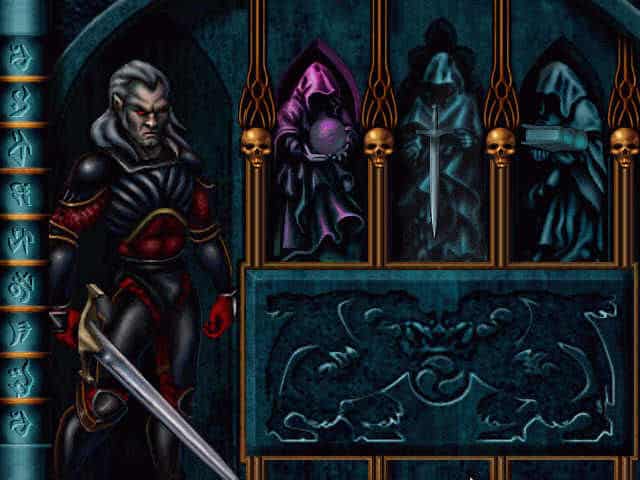
Copyright: Silicon Knights
The Omen Begins
Right after the opening cinematic, and a brief introduction where he is killed, Kain is resurrected inside his own mausoleum and the game begins proper. Reborn as a vampire, Kain is sent to dispatch his assassins and gain his revenge. Let’s just get the bad bits out of the way so we can get to the good bits. The graphics themselves haven’t held up too well and Kain’s movement is slow. Combat is boiled down to pressing the attack button and moving backwards if the enemy gets the first swing. There are also loading times between every area, though on PC these are reduced considerably.
Right… on to the good bits.
As you begin to move Kain around, the game is quick to remind you that this is not for children. It’s not long before you come across your first item and, when you do, McCulloch’s darkly gruesome and verbose dialogue is brought to life by Simon Templeman’s epic voice. Whenever Kain comes across a new item, or weapon, he gives a full description of what it does and how it will kill his enemies, often using brutal descriptive terms such as “stripping ragged flesh from bloodstained bone” or “crushing bones and rupturing organs…”
Which is awesome.
The result is that you feel in control of someone who doesn’t just want to kill… he wants to rip and tear through his enemies with as much viscera as he can muster. And it’s a refreshing change from the cookie cutter heroes that are in the fantasy genre.
To build upon the atmosphere, the music by Steven Henfin (with additional music credited to Scott Shelly) really helps. The individual pieces that make up the soundtrack are quite short, leading to tracks looping at the end, but the music is so fitting that this isn’t a bother. It’s a sinister and haunting soundtrack that adds to the gothic horror nature of the game.
It doesn’t take long for Kain to dispatch his assassins. But when he does, he is told by Mortanius that these assassins were only the symptoms, and not the cause, of Kain’s death. He is directed to “The Pillars of Nosgoth” where he is given a new quest. Kain is instructed to hunt down and murder the Circle of Nine, a group of powerful men and women who guard the Pillars of Nosgoth, a landmark which is connected to the health of the land. Something, or someone, has tainted the minds of the Circle of Nine, leading to the corruption of the pillars. Only through the guardians’ deaths can the pillars be restored.
Kain’s quest takes him through Nosgoth, which comprises of villages and cities, forests, a network of caves, a vast cathedral, a swamp, a battlefield and even through time. The gameplay is split between exploration, combat and puzzle solving. The puzzles aren’t too taxing… mostly switch combination puzzles that open new paths.
As mentioned before, the combat is basic, and the enemy AI consists of running up to you and attacking repeatedly. You have one attack button and that’s it. But as the game goes on, it begins to offer you a range of options as to how to approach combat. Kain is given access to spells, weapons, suits of armour and items.
Something in Blood Omen that was unique for the time of release, was that there is no ultimate weapon. Each weapon comea with strengths and drawbacks, and can be used in certain situations but not others. The mace, for example, stuns enemies but does not kill them. So, you can use it to drain enemies of their blood easier but in a room full of people trying to kill you, probably not a good idea. The Flame Sword, on the other hand, is an immensely powerful weapon that burns enemies to ash, leaving nothing to feed on. Fantastic against undead enemies but not so good against the living if you are low health.
Coupled with magic spells which blow apart enemies, drain them off their blood or offer some kind of practical use, such as lighting up caverns or giving you a shield, Kain becomes a powerhouse as the game goes on. This gives the players the feeling that they really are playing a powerful vampire warrior.
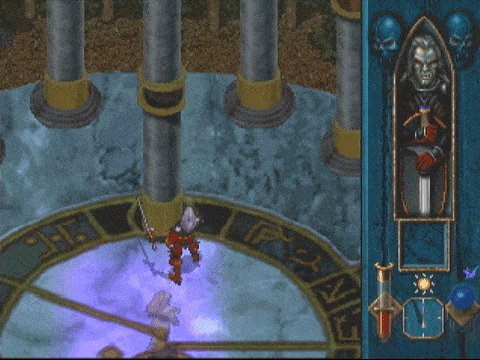
Copyright: Silicon Knights
Reborn as a vampire
Blood Omen: The Legacy of Kain heavily leans into vampire mythology in multiple ways. One way is by showing how Kain is affected by the world around him. In Blood Omen, rain and snow harm Kain, and daylight weakens him. When it starts raining in Nosgoth, Kain begins to take gradual damage from the weather… whereas when night falls, Kain becomes far stronger and can take more punishment.
A nice touch with the weather system is the inclusion of certain caves and tombs that can only be entered during a fool moon. This forces players to memorise their locations and keep an eye on the game’s day / night cycle in order to revisit them. Touches like this bring the world of Nosgoth alive, which was an impressive feat for a game in the 90’s.
Another way the game leans into the mythology is by providing Kain with multiple forms he can unlock. Kain gets access to his Bat Form early on, which allows him to fast travel across Nosgoth. I am forever thankful they stuck this in because Kain’s movement is so slow, I cannot imagine having to backtrack large distances across the map all game.
Kain also gets a wolf form, allowing him to jump across gaps and reach new places, a mist form that lets him fly over deadly terrain and a disguise form that allows him to blend in the with crowd and look like a human again… provided he doesn’t attack anyone. By the end of the game, Kain is armed with enough magic, weapons, armour and items to deal with all the threats that this plot throws at him.
An epic story for its time
Make no mistake, it’s the plot that carries Blood Omen, that’s for damn sure. The game’s story is epic in every way and will have you hooked from the moment you take control of Kain. Dennis Dydack set out to create a story that would appeal to adults and he succeeded on every front. Kain is a complex character who starts off believing his vampirism is a curse… but over the course of the game, he grows to appreciate his new powers as he grows ever violent in his thoughts. The main plot deals with themes of betrayal, revenge, machinations, destiny and even time travel. This made a huge change from the “save the princess/defeat villain” types of stories that were all the rage for video games back then.
All of this is helped by Simon Templeman’s incredible voice acting. Put simply, Simon Templeman owns the character of Kain and brings his Shakesperian dialogue to life. Kain is a multilayered and complicated character… he’s intelligent, ruthless and violent as he muses on the gifts that have been forced upon him whilst trying to suppress the violent urges being a vampire brings. Simon Templeman’s voice acting brings to life this complex anti-hero and it’s no surprise that he voiced the character of Kain in all the sequels that followed.
Templeman was joined with a supporting cast that included the late Tony Jay (voice of Jean Claude Frollo in The Hunchback of Notredamn and Shere Khan in Jungle Book 2) as Mortanius, whose deep baritone voice elevates the character to give him this sense of otherworldly power. Anna Gunn (Skylar White in Breaking Bad) voiced the spirit Ariel, who is cursed to haunt the Pillars until they are purified. Both do a fantastic job voicing their characters, and both would return in later games in the Legacy of Kain series.
As Kain’s quest progresses, it becomes apparent that his death, his rebirth and his actions were all planned… and that Kain himself is a pawn in a much larger game as his fate, and the decisions he makes, are tied to the ultimate fate of Nosgoth. At the end of Blood Omen, he is presented with a choice that is left up to the decision of the player. I won’t spoil it for you, but one choice was considered canon and built upon in future sequels.
The consequences of the final decision that Kain makes is explored in the four future games of the series: Legacy of Kain: Soul Reaver, Soul Reaver 2, Blood Omen 2 and Legacy of Kain Defiance. Sadly, the series never received a proper ending to its epic tale. The Legacy of Kain’s story halted with Defiance, due to poor sales of the game. However, there is still hope that one day, The Legacy of Kain may recieve the proper ending it deserves…
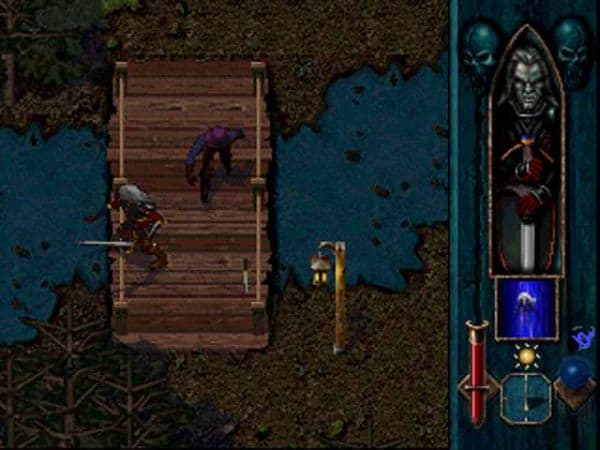
Copyright: Silicon Knights
The Legacy’s Future
In May 2022, Embracer Group acquired the Legacy of Kain intellectual property and expressed interest in sequels, remakes and remasters of the franchise. That November, they sent out a fan survey to gauge fan interest in the IP and saw more than 100,000 responses saying that a new Legacy of Kain game was overdue.
So if we’re lucky, we may see a new game which will provide an ending to the Legacy of Kain, as well as remakes of this classic series which, to this day, contains one of the greatest stories that span across multiple games.
But even if you don’t play any of the sequels, Blood Omen still stands as a great standalone game in its own right. Fans of vampire fiction, dark fantasy, or someone simply looking for a high-quality story in a video game should experience Blood Omen: The Legacy of Kain, which is available on PC via GOG.


